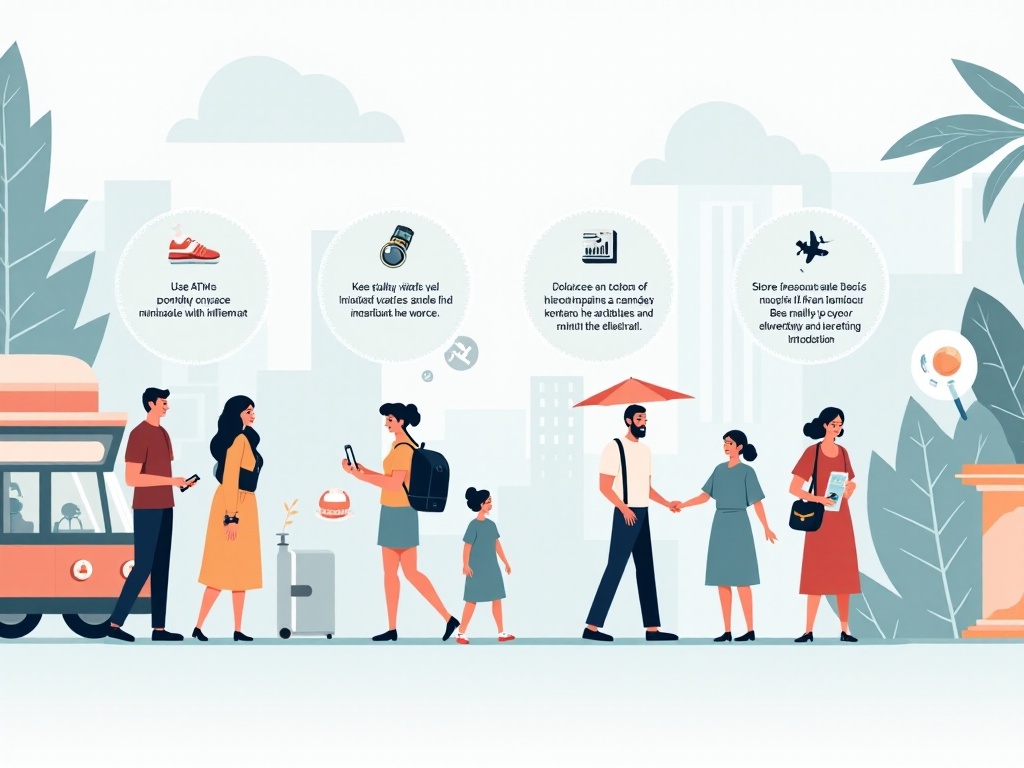
Getting Straight to the Point
Recently, my social media has been flooded with Japan travel posts. Watching my friends go to Japan one after another for "shopping sprees" and posting their shopping hauls, I couldn't suppress my growing desire to visit. However, to be honest, as someone who has never traveled abroad alone, the thought of going to a foreign country by myself was a bit worrying and scary. Then I met a seasoned traveler who had been to Japan over ten times. She shared her years of travel experience in detail, giving me a completely new perspective on solo travel to Japan. Today, I'll share these valuable experiences with everyone, hoping to help those who, like me, want to visit Japan but are hesitant.
Document Preparation
When it comes to international travel, document preparation is the most important. Besides applying for a passport and visa at least three months in advance, many detailed preparations are equally important. For instance, it's crucial to make backup copies of all important documents. Recently, a heartbreaking incident occurred at Osaka airport: a Chinese girl accidentally lost her passport at Kansai Airport, and because she had no backup documents, it took three whole days to get a temporary travel document. During these three days, she couldn't continue her travel or check into new hotels - it was a travel nightmare.
Therefore, I recommend making three copies of your passport and visa. Keep the first copy in your carry-on bag in case you lose the originals; put the second copy in your suitcase as a double backup; and store the third copy in the hotel safe, creating a triple layer of document security. Additionally, I suggest taking photos of these documents with your phone and uploading them to your private cloud storage. This way, even in the worst-case scenario - if all physical backups are lost - you can still access electronic versions via your phone.
When preparing your passport and visa, there are several crucial details to note. First, your passport must be valid for at least 6 months - this is a strict requirement from the Japanese embassy. Second, visa photos must meet specifications; it's recommended to get them taken at a professional visa photo studio rather than trying to save money at a regular photo shop. I've seen cases of visa rejections due to inadequate photos, and reapplying not only wastes time but also requires paying the visa fee again, making it not worth the initial savings.
Pre-Trip Planning
When it comes to pre-trip preparation, many people's first thought is to research food and shopping guides, but safety information is actually the most important. I recommend saving these important emergency numbers in your phone: Japan's police (110), emergency services (119), and the Chinese Embassy in Japan. These numbers may seem unnecessary, but they can be lifesaving in critical moments.
Besides phone numbers, it's important to know about Japan's emergency evacuation sites in advance. Every city has clearly marked evacuation site signs, usually indicating nearby schools or parks. I suggest checking the evacuation sites around your accommodation when you arrive in a new city. This way, you'll know where to go in case of emergency.
Medical preparation is also crucial. Although Japan's medical standards are high, medical care is very expensive, and not all hospitals have Chinese-speaking doctors. So it's essential to bring common medications like cold medicine, digestive medicine, and motion sickness pills. If you have specific medical conditions, it's best to prepare an English version of your medical records.
Another particularly important point is to purchase travel insurance. Many people think travel insurance is optional, but it's actually a very necessary protection. Medical costs in Japan are extremely high - even a simple cold consultation can cost tens of thousands of yen. Without insurance, you might face enormous medical bills in more serious situations.
Before departure, check the weather forecast - a point many people overlook. Japan's weather can be quite variable, especially in spring and autumn, with temperature differences possibly exceeding 15 degrees. So plan your itinerary and pack appropriate clothing based on the weather forecast. If it rains, Japanese convenience stores sell umbrellas for 500-1000 yen.
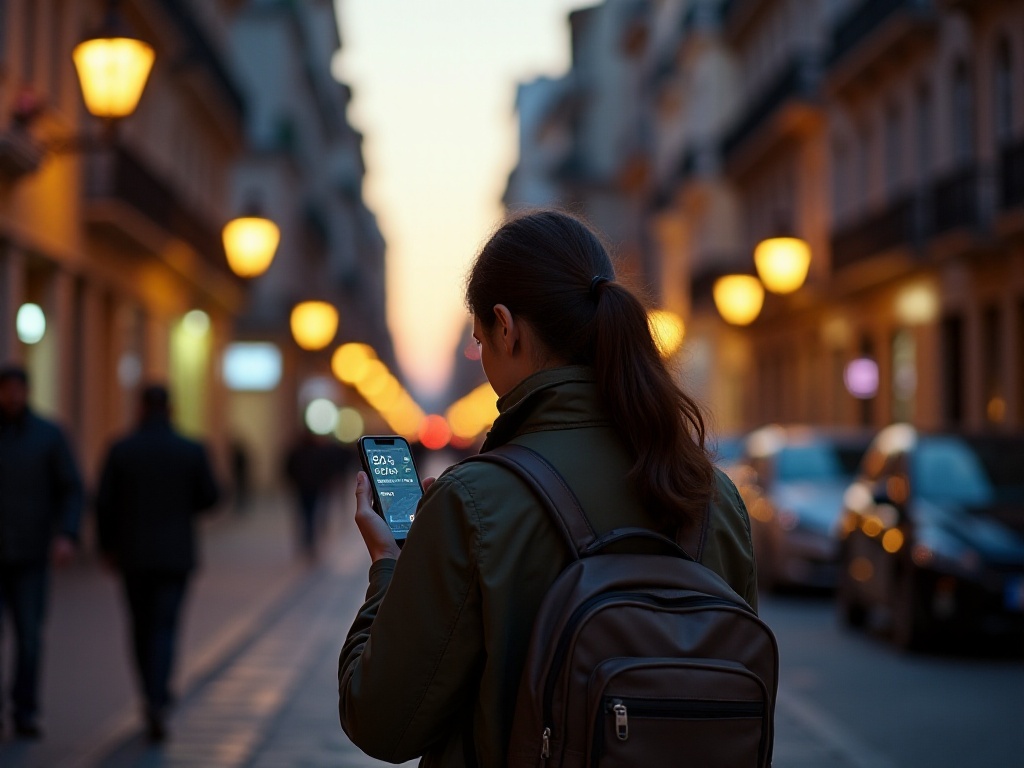
Luggage Organization
Choosing a suitcase is a science. For traveling in Japan, a 24-inch suitcase is ideal - it's large enough to hold sufficient clothing and shopping items while being manageable on subways and streets. When selecting a suitcase brand, choose well-known brands; although more expensive, they guarantee quality and durability. Cheap unknown brands might experience wheel or handle breakage during travel, which ultimately costs more in the long run.
Packing requires technique. Use packing cubes to categorize clothes, saving space and making items easily accessible. Pack underwear separately in waterproof bags. If you plan to shop, bring a foldable shopping bag for extra storage on the return trip.
Keep important documents like passport, tickets, and visa in your carry-on bag, preferably in waterproof document holders. Distribute cash in different places - keep daily expenses in your wallet and store backup cash in hidden suitcase compartments or hotel safes.

Accommodation Choices
Regarding accommodation, many try to save money, but your choice of lodging directly affects travel quality. I suggest allocating 40% of your travel budget to accommodation. In Tokyo, for example, four-star hotels in the city center average 1200-1500 Chinese yuan per night. Hotels in this price range typically offer good locations, convenient transportation, high security, and quality service.
Consider several key points when choosing hotels. First is location - select hotels near subway stations, preferably within 10 minutes walking distance. Second is security - major chain hotels usually have comprehensive security systems. Third is room size - Japanese hotel rooms are generally small, with standard rooms around 15-20 square meters; choose larger rooms if budget allows.
If on a limited budget, consider business hotels. Though rooms are smaller, they have good basic facilities and are reasonably priced. Note that many business hotels don't provide free toiletries like toothbrushes and combs - you'll need to bring your own or purchase them at reception.
Book accommodation 2-3 months in advance, especially during peak seasons. Japanese hotels usually have free cancellation policies - check these policies when booking so you can adjust plans if needed.
Financial Security
While Japan is generally very safe, financial security remains important. According to Tokyo Metropolitan Police Department statistics, 65% of theft cases targeting foreign tourists in Tokyo during 2023 occurred in tourist areas, particularly in shopping districts like Ginza and Shinjuku.
Cash management is crucial. Carry around 30,000 yen daily, storing other cash in different places. Keep some in the hotel safe and some in hidden suitcase compartments. For large amounts, distribute across different bags rather than keeping everything in one wallet.
Safeguard documents like passports properly. Carry copies rather than originals when out, keeping originals in the hotel safe. If your hotel lacks a safe, use a personal combination lock box.
Be careful while shopping. Use credit cards for large purchases rather than carrying excessive cash. Keep receipts for tax refunds. Record serial numbers of valuable items to aid in reporting if lost.
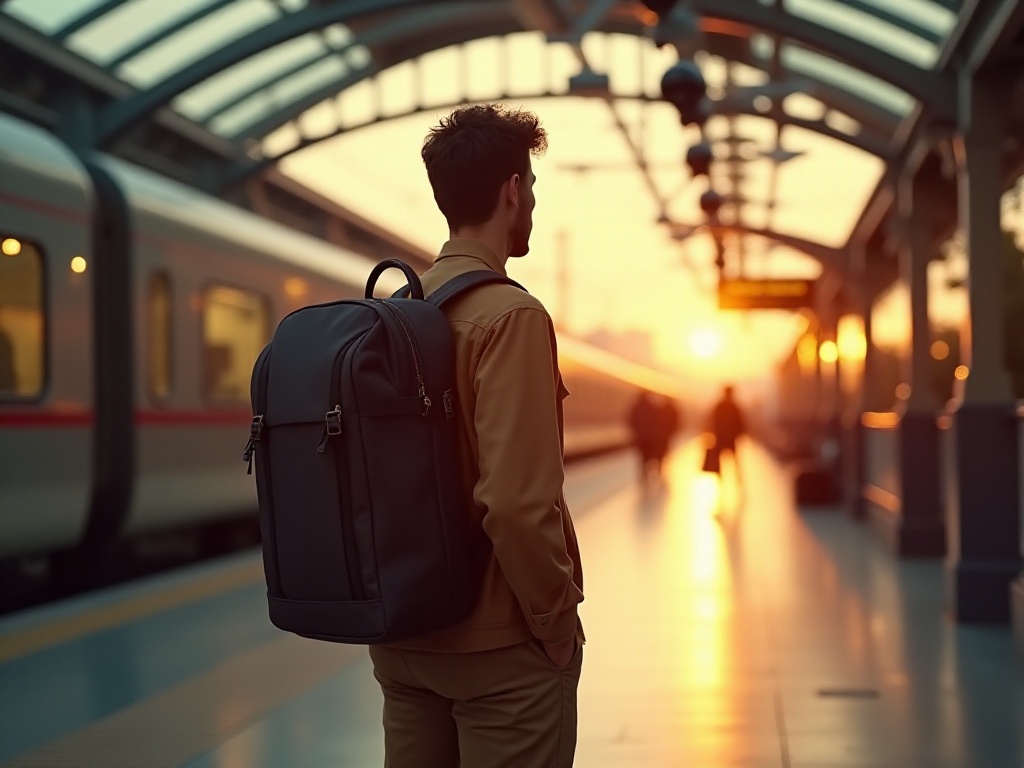
Transportation Planning
Japan's public transportation system is highly developed but complex. Tokyo alone has 13 main subway lines plus JR lines and private railways. Without proper route planning, you might waste money unnecessarily.
For example, from Narita Airport to Shinjuku, many choose N'EX express for speed and comfort. However, if time isn't crucial, taking the Keisei Line and transferring to subway saves nearly 2,000 yen despite taking 20 extra minutes. Such planning needs to be done in advance.
Regarding JR Pass, not everyone needs one. Judge based on your itinerary. It's generally worth it if visiting multiple cities, especially using Shinkansen, but not if staying within Tokyo.
In Tokyo, recommend buying day passes or 72-hour passes. These allow unlimited subway rides and sometimes include Tokyo buses. Note these passes work only on subways, not JR lines.
Google Maps works exceptionally well in Japan. It shows optimal routes, which train car door to use, and detailed transfer instructions. Download offline maps before departure for access without internet.

Practical Tips
Beyond basic preparations, here are some practical tips for a smoother Japan trip.
First, communication. While free WiFi is available in many places, signals aren't always stable. Rent a pocket WiFi or buy a local SIM card in advance. Many online platforms offer pocket WiFi reservations with airport pickup.
Language can be challenging. Though you can enjoy Japan without speaking Japanese, knowing basic phrases helps. Learn essentials like "sumimasen" (excuse me/sorry) and "arigatou gozaimasu" (thank you). Download translation apps supporting offline use if worried about language barriers.
For shopping, check expiration dates. Many Japanese foods have shorter shelf lives, especially snacks and sweets. If buying gifts, check expiration dates carefully. Many items qualify for tax-free shopping, but purchases must exceed 5,000 yen.
Dining culture requires attention. Many restaurants need advance reservations, especially popular ones. Book online in advance if targeting specific restaurants. Observe dining etiquette - don't eat while walking, avoid making noise while eating.
Conclusion
Through these detailed introductions, hopefully everyone has a clearer understanding of solo travel to Japan. While first-time international solo travel brings concerns, thorough preparation ensures a memorable journey. Remember, travel isn't about quantity of places visited but growth and insights gained. Hope this guide helps you avoid pitfalls and find more joy in your Japan journey.
Next
Essential Safety Guide for Solo Female Travelers in 2024: From Hotel Booking to Scam Prevention
A comprehensive guide covering travel safety aspects including accommodation security, personal belongings protection, and behavioral safety. Provides practical advice on lodging preparation, valuables management, document security, and scam prevention for travelers
Safety Guide for Solo Female Travelers Abroad: A Veteran Travel Blogger's 10 Years of Experience
A comprehensive travel safety guide covering pre-trip preparation, personal security, accommodation safety, and emergency readiness. Offers practical safety advice and best practices for travelers, from accommodation planning to fraud prevention
First Time Traveling to Japan Alone? Don't Miss These Essential Preparations! A Comprehensive Guide
A comprehensive guide covering essential travel safety preparations, including document management, luggage security, accommodation safety, and personal property protection, helping travelers minimize risks during their journey.
Next
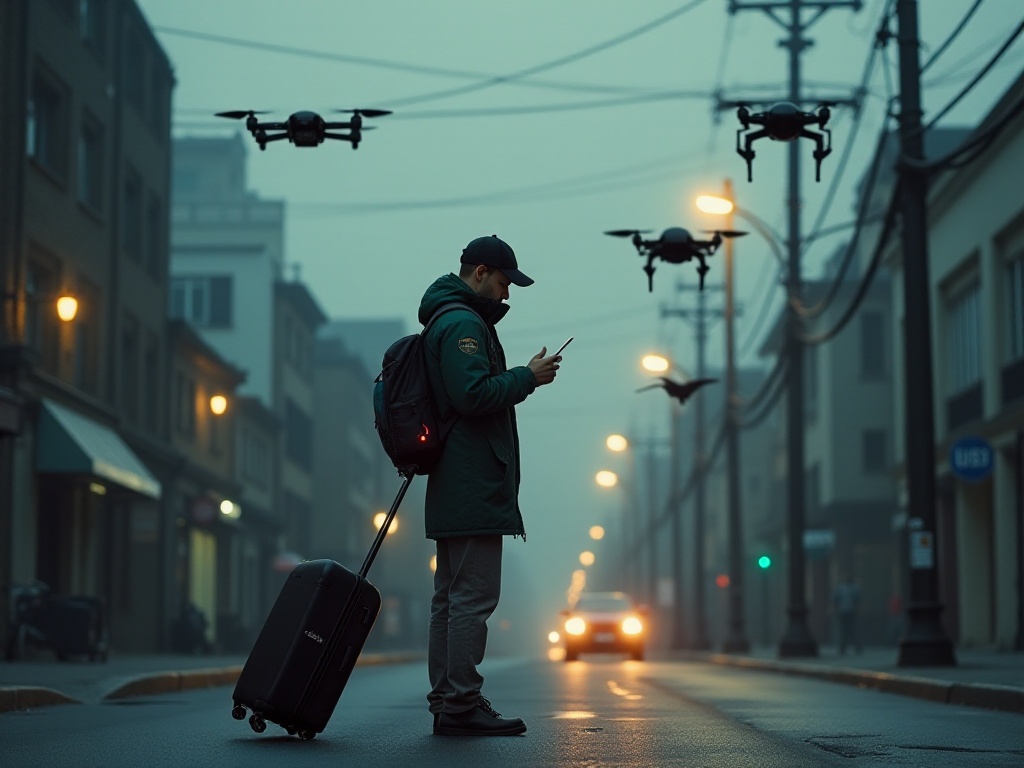
Essential Safety Guide for Solo Female Travelers in 2024: From Hotel Booking to Scam Prevention
A comprehensive guide covering travel safety aspects including accommodation security, personal belongings protection, and behavioral safety. Provides practical advice on lodging preparation, valuables management, document security, and scam prevention for travelers
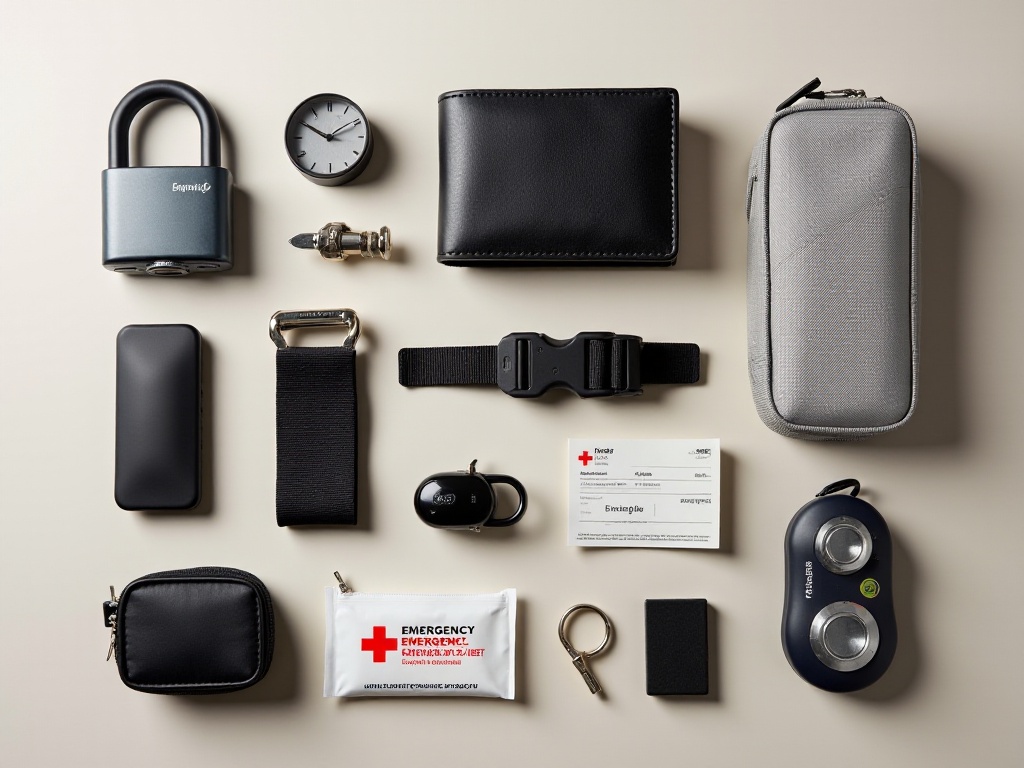
Safety Guide for Solo Female Travelers Abroad: A Veteran Travel Blogger's 10 Years of Experience
A comprehensive travel safety guide covering pre-trip preparation, personal security, accommodation safety, and emergency readiness. Offers practical safety advice and best practices for travelers, from accommodation planning to fraud prevention
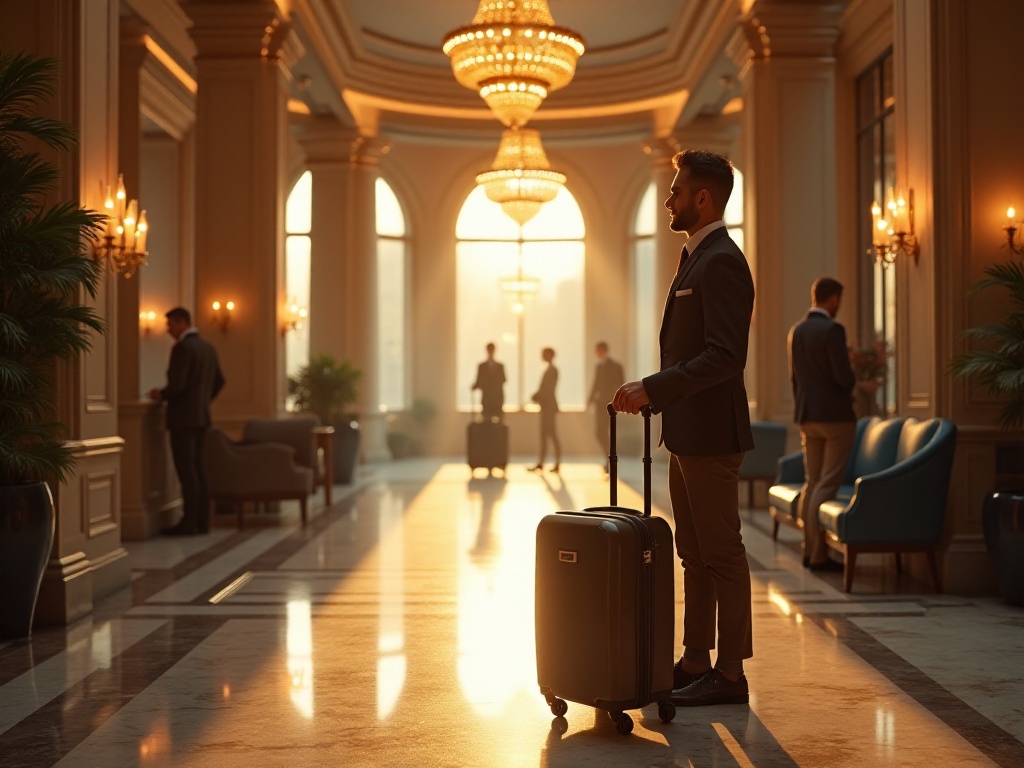
First Time Traveling to Japan Alone? Don't Miss These Essential Preparations! A Comprehensive Guide
A comprehensive guide covering essential travel safety preparations, including document management, luggage security, accommodation safety, and personal property protection, helping travelers minimize risks during their journey.

